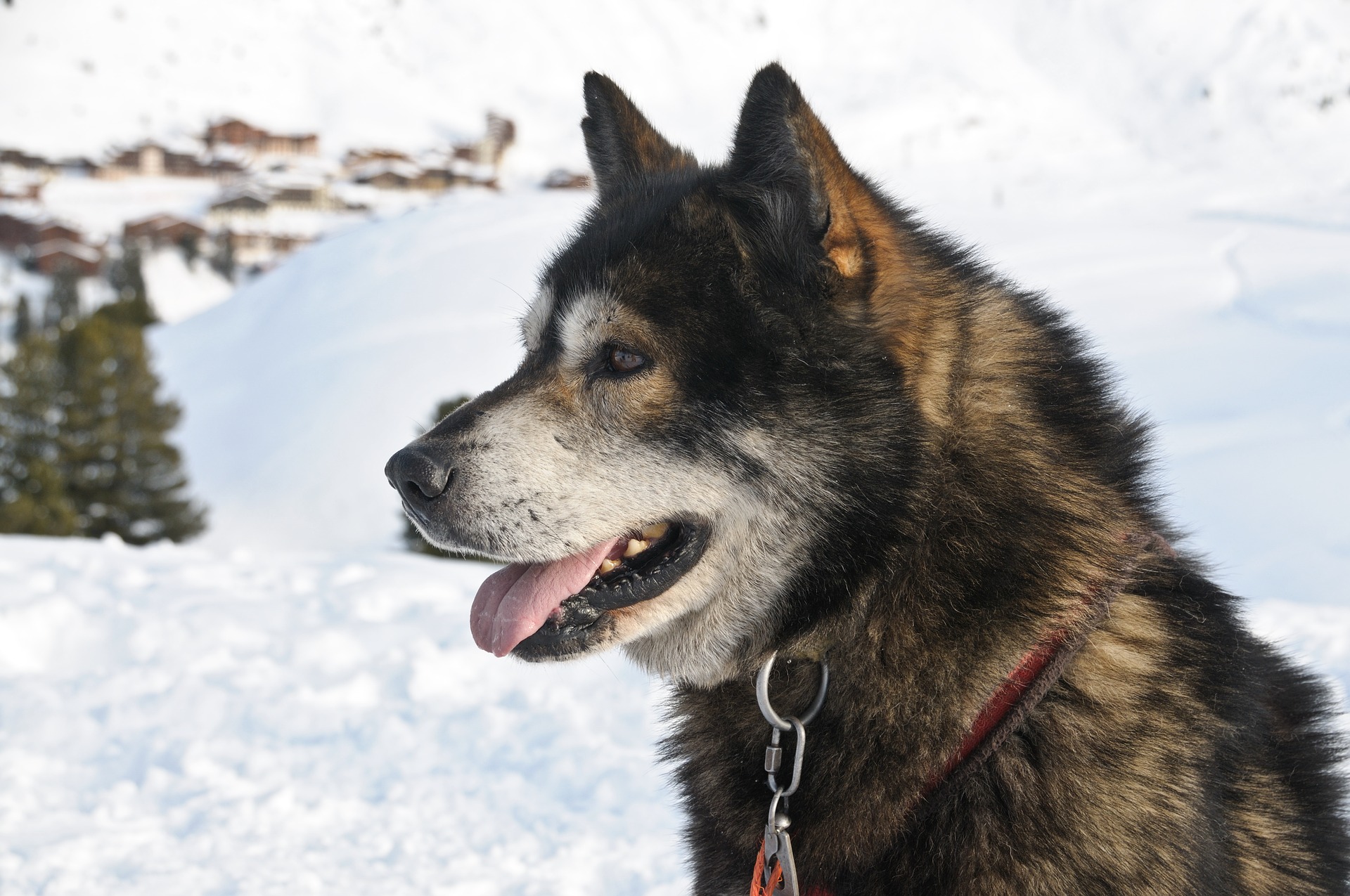Dog sledding or "mushing" is the act of dogs pulling a sled. It was once the main mode of transportation by the people who lived in the Arctic region. Today, it is primarily a recreational sport.
History
Indigenous and Inuit Canadians used huskies primarily to travel across and discover the vast Canadian panorama. By 1873, the Royal Canadian Mounted Police were using sled dogs for transportation and patrol.
In 1898, the Yukon gold discovery created a huge surge in sled dog popularity among not only Canadians, but Americans and Europeans. People began to realize the importance of having a strong dog team and many began to travel to north-western Canada to bring their newly adopted companions back to their respective countries.
Sled dog popularity reached its peak a decade later when American, Jack London stories like “White Fang” and “Call of the Wild” made him the bestselling author in the world at the time.
Which Breeds Work Best?
Different breeds of dogs are used in sledding, but the most common are the northern dog breeds, namely Siberian Huskies and Alaskan Malamutes. Simply put, no dog breed can withstand the harsh climate and terrain the way that these northern breeds are able to.
What to Feed?
The best choice for feeding sled dogs is Inukshuk 32/32. This formulation is specifically designed to make mushing dogs as efficient and energetic as possible. 32/32 will help sled dogs maintain a healthy weight through a very nutrient-dense, high-fat, high-protein diet.
Did You Know?
Sled dogs can travel up to speeds of 20 miles per hour
They can cover distances of 1,000 miles or more!
They usually weigh between 50 and 65 pounds
Sled dogs can consume up to 10,000 calories a day!
They do not like extreme cold weather
Although surprising, sled dogs are not bred for coldness. They must keep protective coats and wear booties to keep their paws warm.
They always crave exercise
They are very intelligent
They have a great sense of direction
They can remain in top form for several years
Mushers from different countries travel to Alaska every year to join the Iditarod Trail Sled Dog Race. It takes place every March, is 1,049 miles long and usually takes about 10 days to finish.
Sources:
A. (2017, December 22). Interesting Facts About Alaskan Sled Dogs. Retrieved from https://didyouknowpets.com/2017/11/22/interesting-facts-about-alaskan-sled-dogs/
(n.d.). Retrieved from https://snowyowltours.com/dog-sledding-history/



